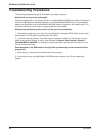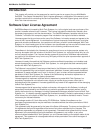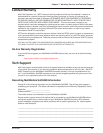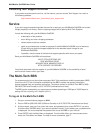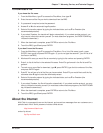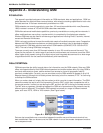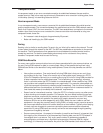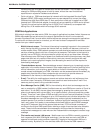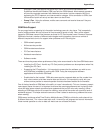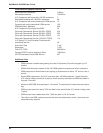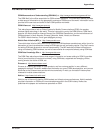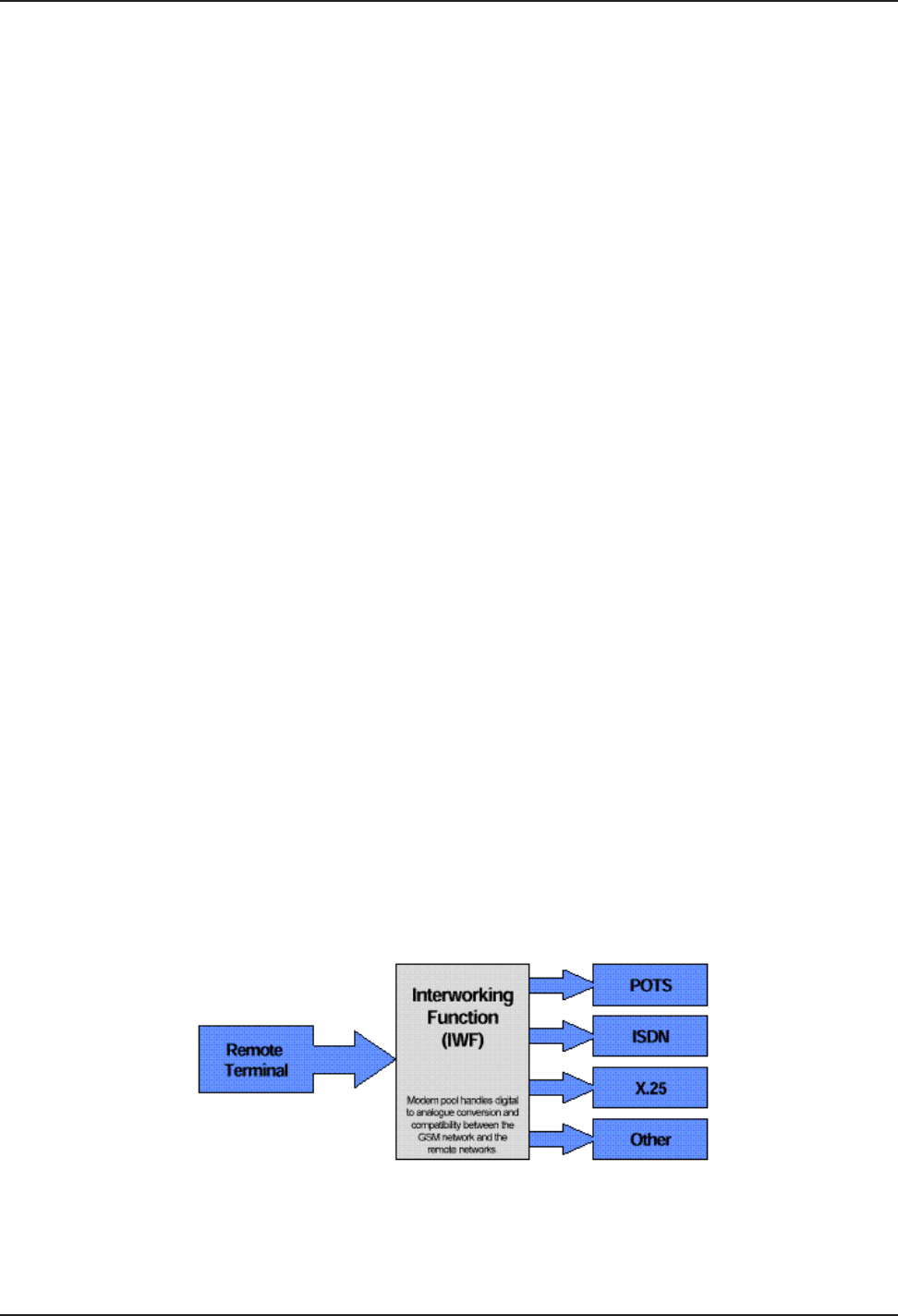
MultiMobile SoftGSM User Guide
MTSGSM
60
Appendix A - Understanding GSM
Introduction
This appendix provides background information on GSM standards, data and applications. GSM is a
global standard for digital wireless communications, with extensive roaming capabilities for both voice
and data services. It has been commercially available since 1992.
GSM networks are currently operating in more than 120 countries worldwide which now (December,
1998) includes in excess of 155 million GSM subscribers worldwide.
GSM offers advanced mobile data capabilities, previously unavailable on analog cellular networks. It
offers mobile workers use anytime, anywhere which is unmatched by fixed telephone networks.
Wireless GSM data can be used for a wide range of applications including Email, Facsimile, Internet
access and Remote LAN Access.
GSM is uniquely-positioned to meet the mobile data needs of handheld computer users. Cooperation
between the GSM handset manufacturer and data solutions providers is key to developing reliable,
robust products. GSM data solutions work with all GSM networks (GSM 900, DCS 1800 and PCS
1900). The cost of using GSM data is dropping.
There are currently more than 200 licensed networks in over 120 countries around the world. This
allows for the provision of a wide range of services for both business and consumer user alike. GSM
offers higher quality speech (owing to its digital nature) and integrated data services for a wide range
of applications which can be used both domestically and internationally.
About GSM Data
GSM data provides the ability to send data or fax information over the GSM network. Data over GSM
offers new opportunities for both GSM network operators and mobile workers alike. By using GSM to
send and receive data or faxes, mobile workers have access to a level of geographic mobility
previously unobtainable. Currently, you can send data over the GSM network at speeds of up to 9.6
Kbps per second. Although this is notably slower than today’s land line modems, ETSI 7 is continuing
to develop the GSM standard.
When you make a data call, simply dial the number to which you wish to send information. The GSM
network connects the user’s call to its Interworking Function (IWF), which then completes the call to
the remote terminal. In effect you are dialing the IWF, and then the IWF is dialing the remote terminal.
The IWF acts as a gateway, translating between the GSM set of protocols and the protocols used by
different types of networks. This allows a GSM network to connect to a range of different network
types, such as a POTS, ISDN or X.25 network. (See Figure below.)
Figure B-1. Making a GSM Data Call
Data can be transmitted once a connection between the mobile user and the remote terminal has
been established. Data can be sent over the GSM network in one of two modes: transparent mode or
non-transparent mode.



